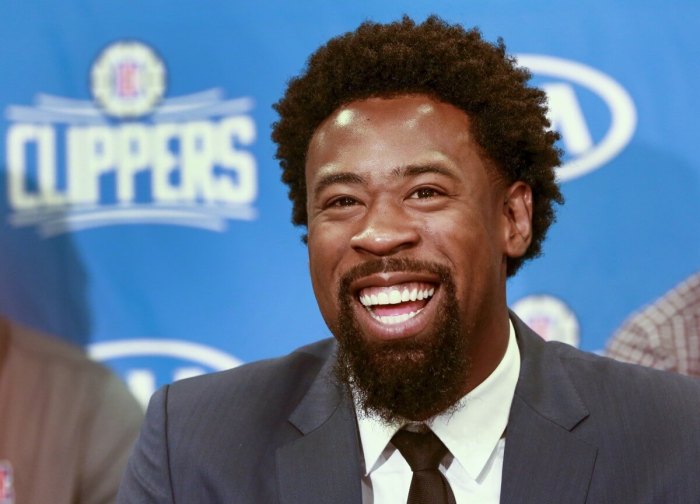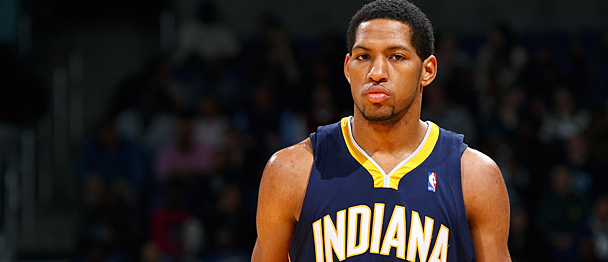 Brook Lopez’s offensive tendencies have been frequently dissected on this site and for good reason. He’s by far the most dynamic offensive talent on this roster, and may be one of the best offensive centers in the league. Lopez has been praised around the league for having the ability to keep defenders honest by occasionally journeying out of the post to hit a 16-20 foot jumper. But when looking closer at Lopez’s statistics, especially when compared to other centers around the league, there is good reason to question whether the long two is really a praiseworthy component of Brook’s offensive game.
Brook Lopez’s offensive tendencies have been frequently dissected on this site and for good reason. He’s by far the most dynamic offensive talent on this roster, and may be one of the best offensive centers in the league. Lopez has been praised around the league for having the ability to keep defenders honest by occasionally journeying out of the post to hit a 16-20 foot jumper. But when looking closer at Lopez’s statistics, especially when compared to other centers around the league, there is good reason to question whether the long two is really a praiseworthy component of Brook’s offensive game.
Thanks to the always spectacular Hoopdata.com, I took at look at how Lopez’s shooting percentage from 16-23 feet compares with other centers who shoot from that spot on the floor with similar frequency. So for the sake of analysis, I’m comparing Lopez to all centers who have played 30 or more games and are averaging at least one 16-23 foot attempt per game.
Lopez currently attempts 2.7 16-23 footers per game, good for 9th out of the 25 qualifying centers. Lopez sinks about .9 of these shots per game, good for 33 percent. According to Hoopdata, only one other Center, Josh Powell on the Lakers, has a lower percentage on long twos than Lopez. Al Jefferson and Roy Hibbert are tied with Lopez at 33 percent.
Of the 25 players charted, the average shooting percentage on long twos was 41 percent. Additionally, of the eight centers ranked ahead of Lopez in terms of attempts per game, only Zydrunas Ilgauskas (35 percent) and Jason Thompson (37 percent) have shooting percentage of under 40 percent from that distance. The center attempting the most shots from 16-23 feet, David Lee (4.9 attempts), is averaging 45 percent from that distance – something the Nets should keep in the back of their minds when Lee hits the open market this summer.
So while Brook likes to shoot long twos frequently, these number suggest that the 16-23 footer really isn’t an effective part of Lopez’s offense. When you look at Lopez’s percentages at the rim (64 percent) and within 10-feet (49 percent), he’s just so more efficient in and around the post, it’s easy to question why he journeys out from that distance in the first place.
















